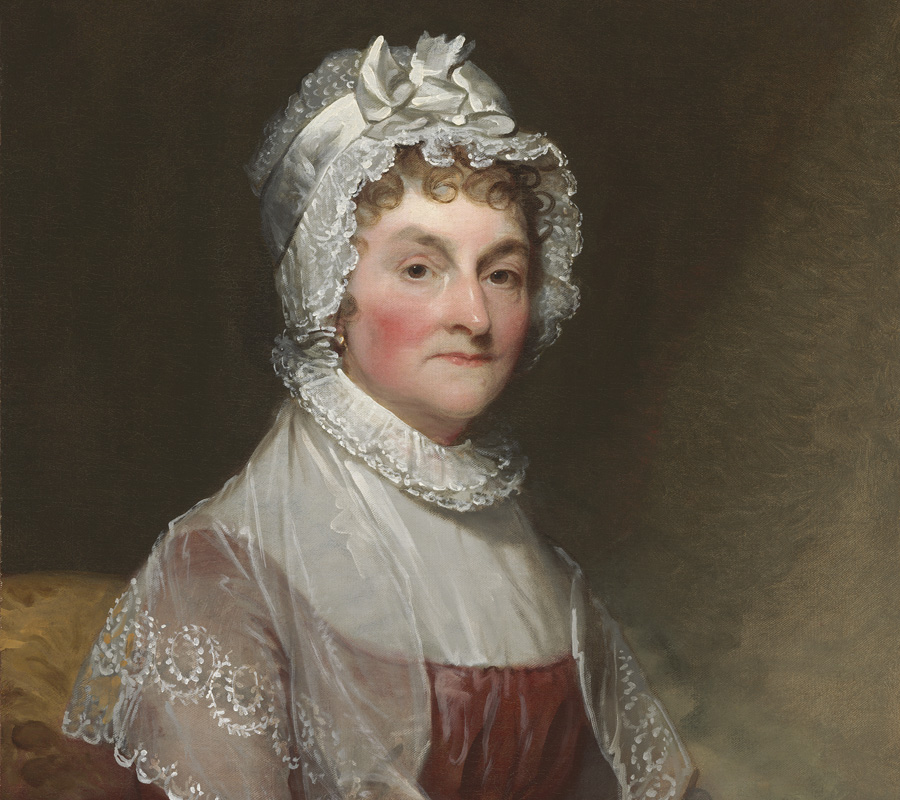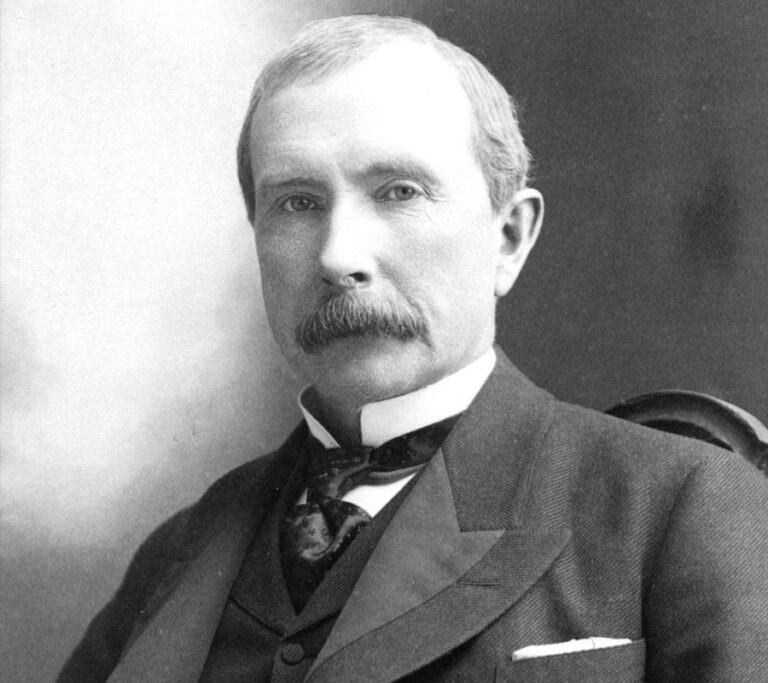Abigail Adams is remembered for her sharp intellect, her famous letters to John Adams, and her advocacy for women. But she was also a skilled financial manager. With John often away serving the nation in the Continental Congress, as a diplomat, and later as Vice President and President, Abigail oversaw the household and farm, kept detailed records, hired workers, and made investments. Her discipline and foresight helped sustain the Adams family’s wealth during the uncertain Revolutionary era. From her approach, we can draw several money lessons that remain surprisingly modern.
Lesson 1: Stick to the Basics
Abigail lived through war, inflation, and political upheaval, yet she never lost sight of the fundamentals. She kept detailed records, managed debt carefully, and ensured the family farm remained productive. Rather than chasing risky opportunities, she focused on essentials that provided stability and long-term security.
Takeaway: Strong finances are built on simple, steady habits. By focusing on core principles like saving, tracking expenses, and managing debt, you create a reliable base that supports everything else.
.Lesson 2: Diversify Your Investments
John Adams often favored land, a traditional choice at the time. Abigail, however, recognized the importance of spreading risk. She invested not only in property but also in government bonds and securities, which provided stability and growth even during uncertain times. By diversifying across different types of assets, she protected the family’s wealth from relying too heavily on a single source.
Takeaway: Diversification remains one of the most effective ways to manage risk. Spreading investments across different asset classes can help smooth returns and provide balance in both good times and bad.
Lesson 3: Compound Through Discipline and Consistency
Abigail’s incremental approach to investing shows the power of compounding. By steadily setting aside funds and reinvesting them, her “pocket money” reportedly grew to more than $5,000 by 1815, a remarkable sum for the time (equivalent to $385,685.71 in today’s dollars). She did not chase sudden windfalls but instead relied on steady stewardship.
Takeaway: Slow and steady wins the race, with consistent savings compounding over time.
Lesson 4: Use Wealth to Build Legacy, Not Just Lifestyle
Abigail Adams understood that financial decisions ripple across generations. Her actions were not only for immediate comfort but also for continuity and influence. She believed in education, virtue, and the public good. Today, her name lives on through the Abigail Adams Scholarship in Massachusetts, which provides tuition assistance to high-achieving students, a fitting tribute to her values of learning and opportunity. She did not simply accumulate wealth but used it to align with her principles and strengthen the future.
Takeaway: Wealth is most meaningful when it reflects your values and leaves a positive mark. Whether through family, philanthropy, or education, use your resources to create lasting impact.
Abigail Adams shows us that financial mastery is not only about numbers but about character, foresight, courage, and stewardship. Her story is a reminder that no matter the constraints you face, you can build habits, claim agency, and make financial decisions that matter not just for today but for generations to come.



